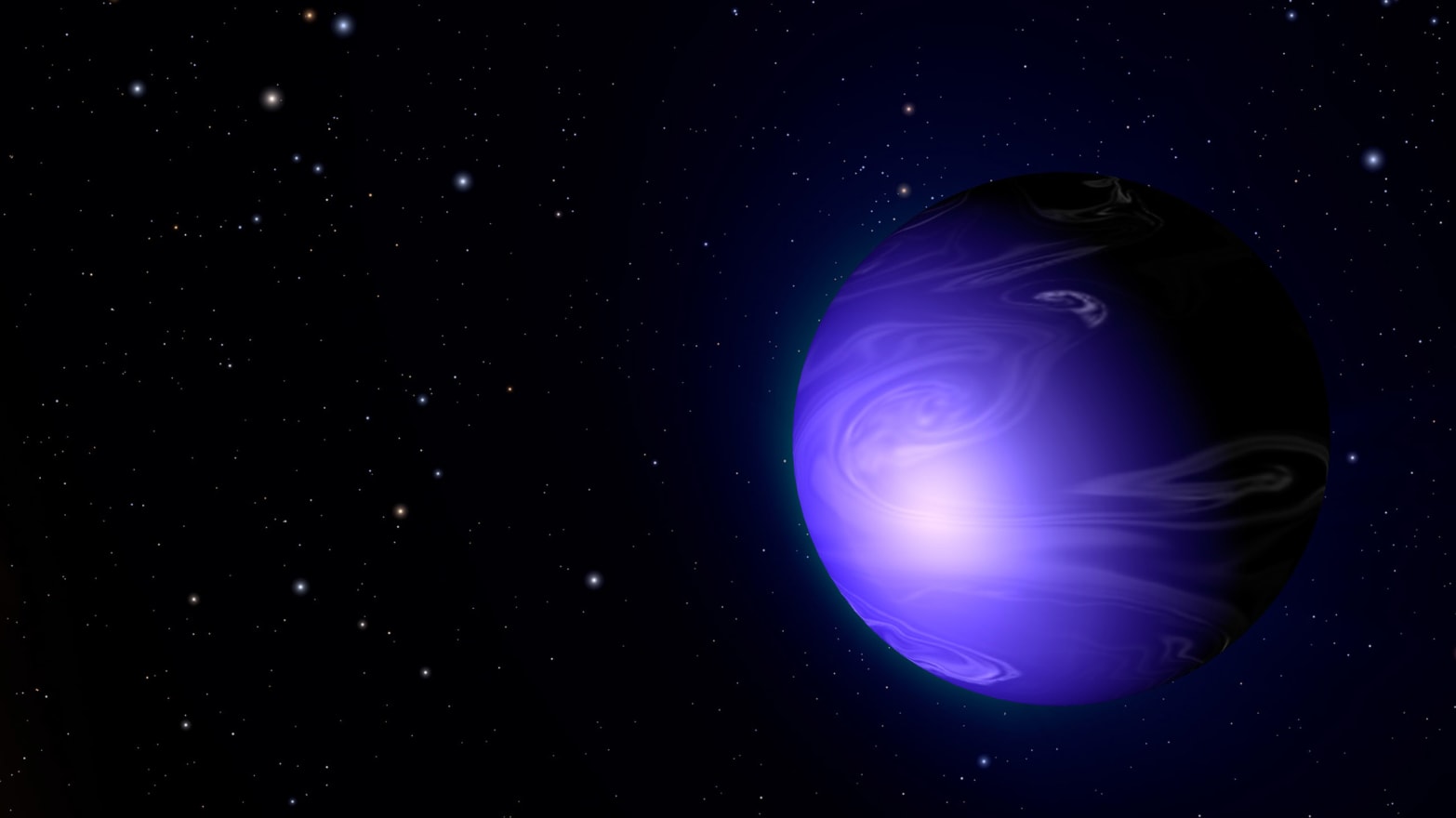
Dear Hive Community users, I have collected here for you some of the most mysterious objects in the Universe (IMO).
These are existing objects. The list could have been longer by including hypothetical celestial objects: White Holes, Einstein-Rosen Bridges (Worm Hole), Cosmic Strings, Closed Loops Of Space-Time Type, Quark-Nova, Dyson spheres, Chiron, Neith, Nemesis, Phaeton, Planet V, Synestia, Theia planet , Themis moon, trans-Neptunian objects, Quark and Preoni stars, PSR B1257 + 12D, etc
【Oumuamua】: discovered in 2017. It is an asteroid, comet or an alien space probe (because its gravity is not governed only by the sun).
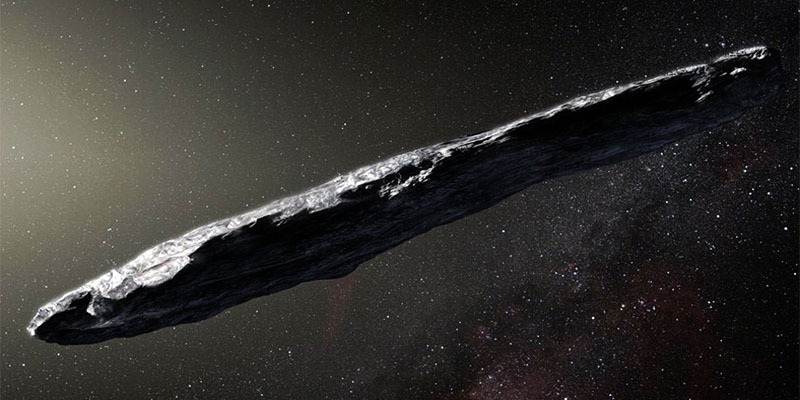
𝕋𝕒𝕓𝕓𝕪 𝕊𝕥𝕒𝕣: this mysterious star has always made a lot of talk about itself because it has irregular fluctuations in brightness. According to some, it was the aliens who built a megastructure near it to collect the energy of the star. According to others, it would be a cloud of space dust that causes extreme variations in brightness

🅴🅻🆂🆃-🅿🅸🆉🅰🆁🆁🅾: we are that asteroids and comets are very different. Asteroids are solid clusters of rocks and metals, while comets are frozen bodies that melt due to solar radiation leaving their tails. This object is a mixture of an asteroid and a comet. By orbit it is an asteroid, while by rotation and by the tail it appears to be a comet.
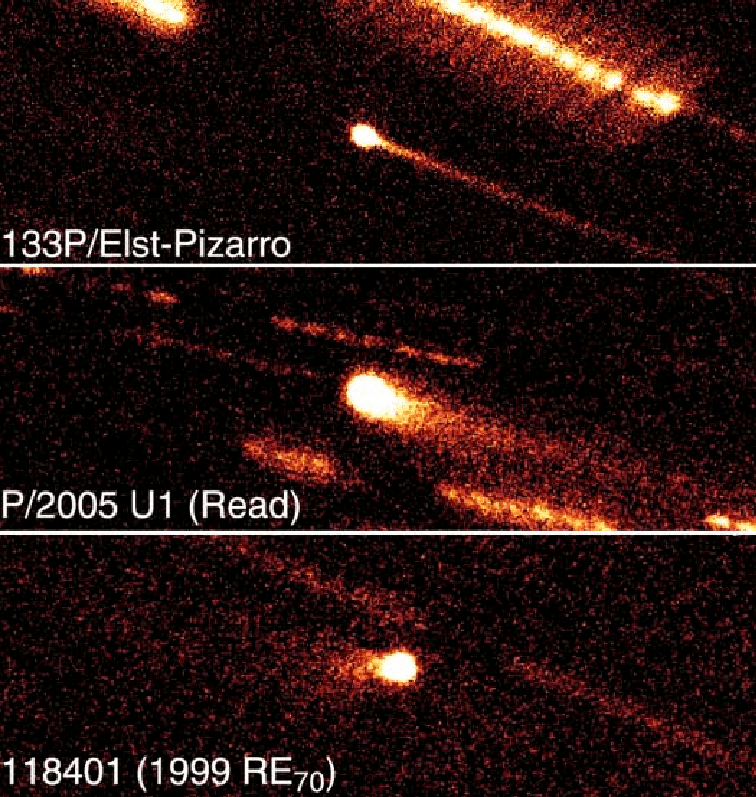
𝗣𝗹𝗮𝗻𝗲𝘁 𝗡𝗶𝗻𝗲: even if invisible (a bit like black holes) it probably orbits in our solar system because it holds different objects around itself (thus creating density and gravity)
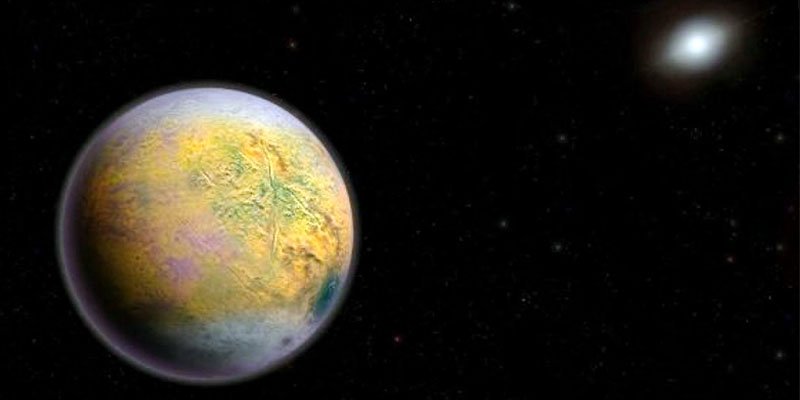
G͓̽a͓̽l͓̽a͓̽x͓̽y͓̽ ͓̽X͓̽: This dark galaxy is almost completely invisible, apart from 4 stars. It probably consists entirely of dark matter. Also to this category we can add Dragonfly44 (99% dark matter) and Segue 1 (which contains 1000 times dark matter compared to the original). What is dark matter made of? It is not known.
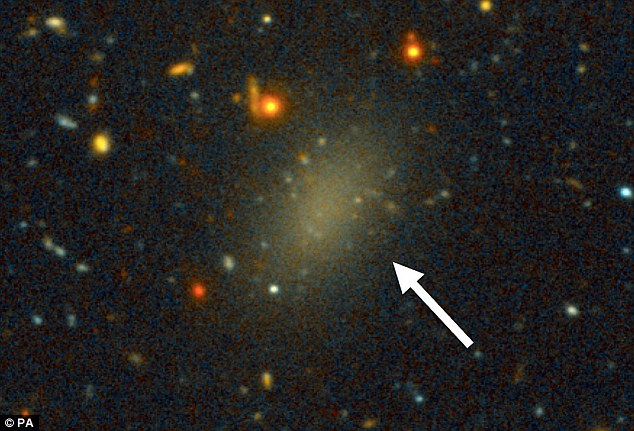
░E░l░ ░G░o░r░d░o░: it is a cluster of gallassies located about 9.7 billion light years. It contains over three million billion times the mass of the sun. Large X-ray emitter and container of dark matter.
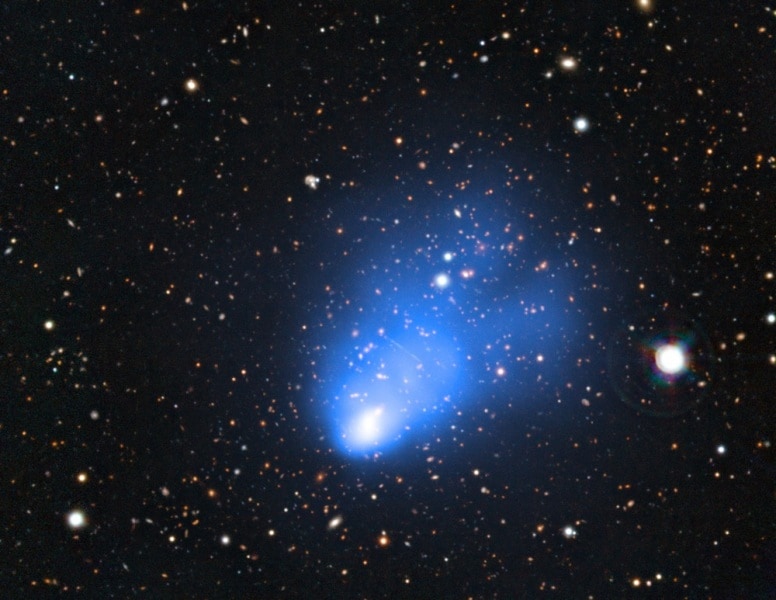
𝘽𝙡𝙖𝙘𝙠 𝙒𝙞𝙙𝙤𝙬 𝙋𝙪𝙡𝙨𝙖𝙧: this celestial object (which weighs as much as two Suns but has the size of a small city) "eats" parts of the star with which it is together, a star with a mass equal to 12-17 times that of Jupiter. The devourer and the unfortunate partner orbit each other every 93 minutes in an ever faster and more destructive dance, in which the pulsar rips layers of matter from the partner.
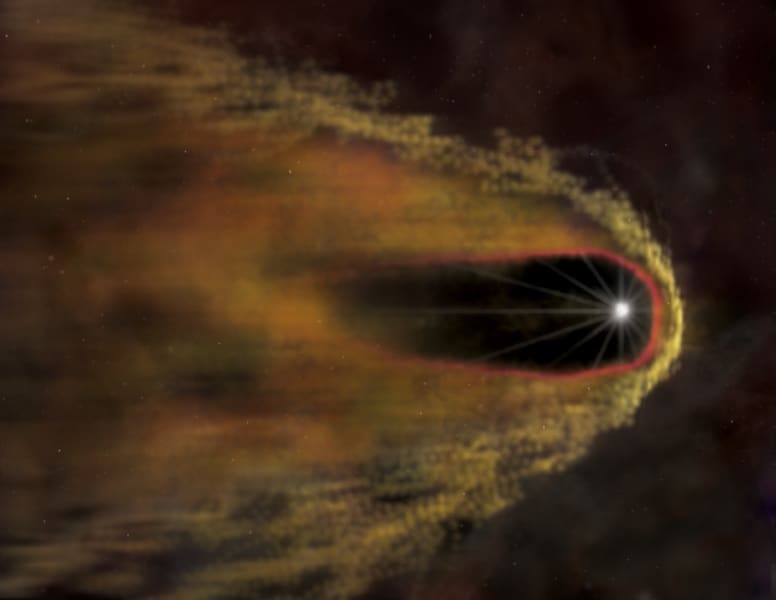
𝘽𝙤𝙤𝙢𝙚𝙧𝙖𝙣𝙜 𝙉𝙚𝙗𝙪𝙡𝙖: This is one of the coldest places in the known Universe. The expanding gas of this planetary nebula 5,000 light years from us, has very high speeds that cause the temperature inside the nebula to drop to 1 degree Kelvin (-272 degrees ° C), one degree above absolute zero.
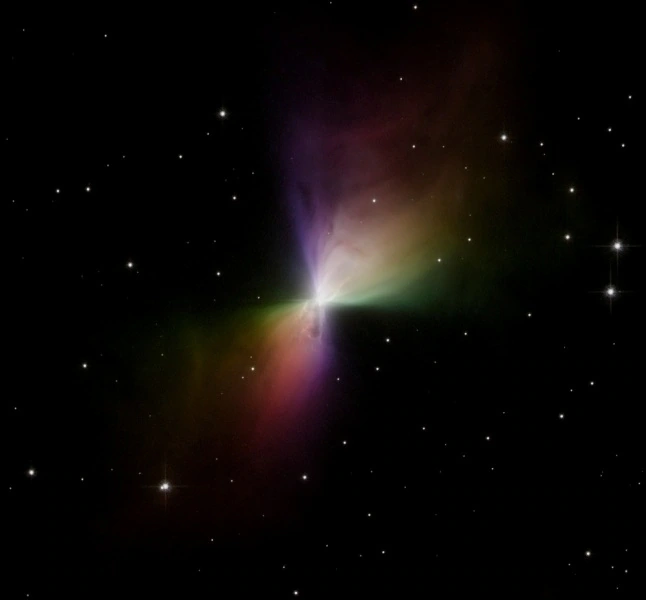
𝙍𝙚𝙙 𝙍𝙚𝙘𝙩𝙖𝙣𝙜𝙡𝙚 𝙉𝙚𝙗𝙪𝙡𝙖: the peculiarity of this nebula is its geometric shape and above all its red light emissions.
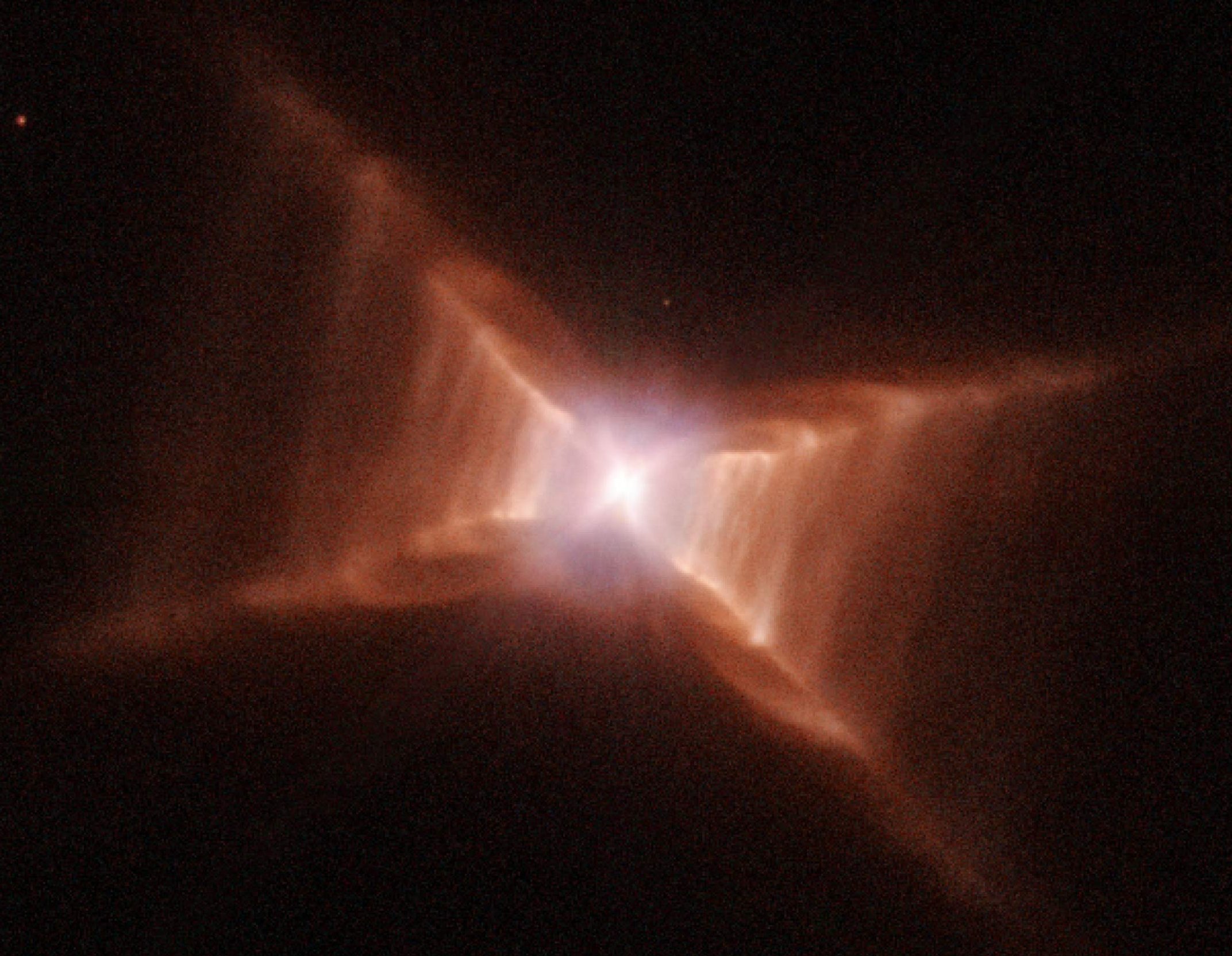
🅷🅳 189733🅱: it is a blue exoplanet where silicates are present in the atmosphere which disperse blue light. This planet is very close to its star so temperatures exceed 1000 °, this leads to the fusion of silicates and therefore to the formation of glass that falls like rain!
𝔹𝕝𝕒𝕔𝕜 𝕙𝕠𝕝𝕖 𝕚𝕟 𝕢𝕦𝕒𝕤𝕒𝕣 𝕁𝟘𝟙𝟘𝟘 + 𝟚𝟠𝟘𝟚: could black holes be missing? This has a mass equal to 12 billion times that of the Sun. This monstrous black hole is located 12.8 billion light years from us and was formed 875 million years after the Big Bang.
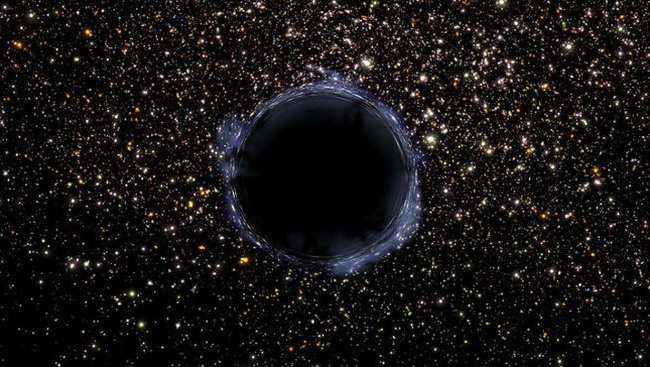
𝙍𝙖𝙙𝙞𝙤 𝙜𝙖𝙡𝙖𝙭𝙞𝙚𝙨 𝙖𝙣𝙙 𝙌𝙪𝙖𝙨𝙖𝙧𝙨: Quasars are defined as quasi-stellar radio-sources. In general, these are radio wave emitters. Perhaps this radiation is due to dust and gases being devoured by supermassive black holes (half of the mass is converted into energy).
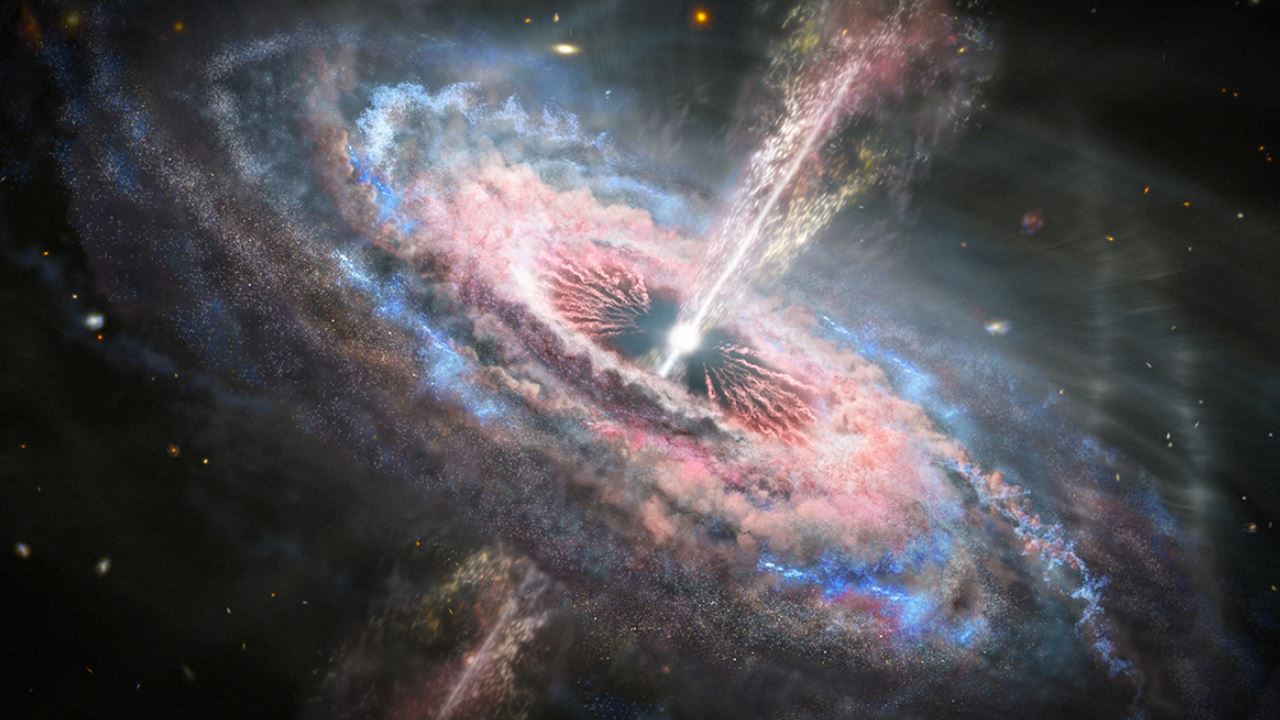
🅶🅽-🆉11: oh nothing strange here, except that it's the furthest object from the earth (it's a galaxy). About 13.3 billion light years.
Keep in mind that light travels at 300,000 km / s and that in 1 second it travels around 7 times the circumference of the earth. A light year is the space traveled by light in one earth year (at a speed of 300,000 km / s). Here we are talking about a distance of 13.3 billion light years. Think how big the universe is and how far this galaxy is!

